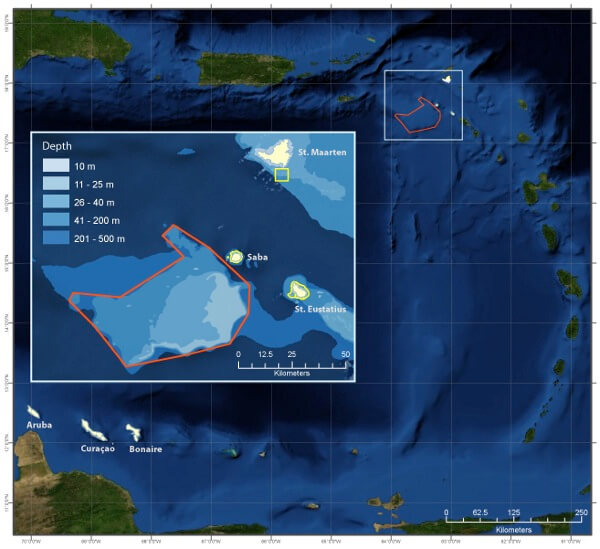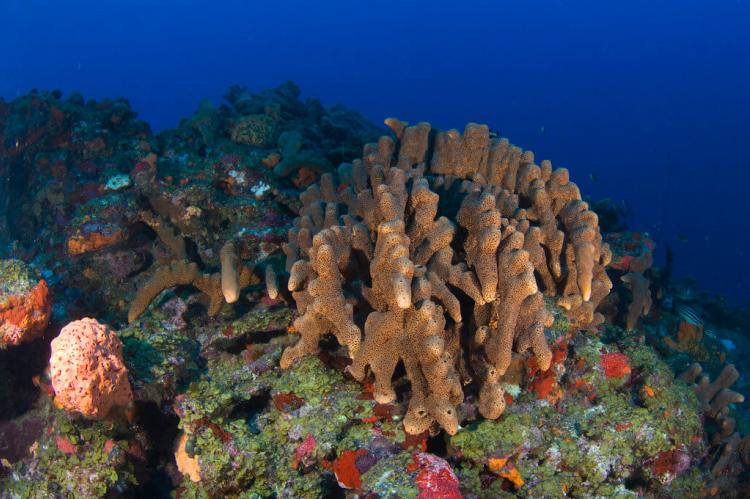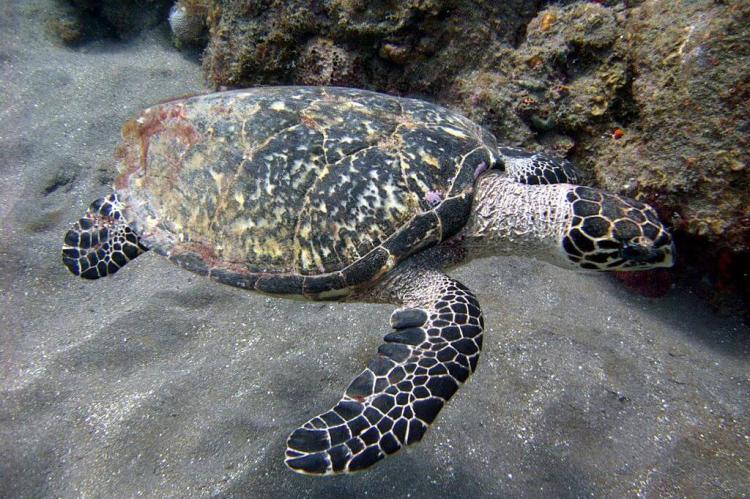Exploring Saba Bank Atoll and Saba Bank National Park
Saba Bank Atoll is an exceptional and crucial ecosystem of unparalleled ecological significance. It is the largest actively growing submarine atoll in the Caribbean Sea and the Atlantic Ocean and the third largest in the world. Due to its ecological value, it has been designated as the Saba Bank National Park.
Exploring Saba Bank Atoll and Saba Bank National Park
Saba Bank Atoll, nestled in the azure waters of the Caribbean Sea, stands as a unique and vital ecosystem of unparalleled ecological significance. Spanning vast expanses of submerged territory, this atoll is not only the largest actively growing submarine atoll in the Caribbean Sea and the Atlantic Ocean but also the third largest in the world. In 2010, recognizing its immense ecological value, Saba Bank Atoll was designated as the Saba Bank National Park, a testament to its importance in safeguarding marine biodiversity.
Geographical Location and Characteristics
Located approximately 4.3 kilometers (2.7 miles) southwest of the island of Saba and 25 kilometers (15.5 miles) west of St. Eustatius, Saba Bank Atoll is a flat-topped seamount rising 1,000 meters (3,280 feet) from the surrounding sea floor. Crowned by a ring of growing coral reefs on its fringes, the atoll boasts extensive coral reefs, fishing grounds, and algae beds, making it one of the most diverse and pristine areas in the Caribbean Sea. Its total area spans around 2,200 square kilometers (849 square miles), with the reef area estimated at approximately 150 square kilometers (58 square miles).
Ecological Significance
Saba Bank Atoll is renowned for its rich biodiversity, serving as a habitat for a wide array of marine species. The atoll's coral reefs harbor vibrant ecosystems, supporting numerous fish species, including migratory fish and commercially important species. Additionally, Saba Bank is home to sea turtles and thousands of seabirds and serves as a crucial breeding ground for migratory Humpback Whales.
International Recognition
The ecological significance of Saba Bank Atoll has garnered international recognition, with the atoll being designated as a Particularly Sensitive Sea Area (PSSA) by the International Maritime Organization (IMO) in 2012. This designation highlights the importance of protecting the atoll's fragile marine ecosystem and promoting responsible maritime practices within its waters.
Saba Bank National Park Designation
In 2010, recognizing the need to protect and conserve the diverse marine life within Saba Bank Atoll, the area was designated as the Saba Bank National Park. Covering an expansive area of 2,700 square kilometers, the park is the largest in the Kingdom of the Netherlands. Its establishment aimed to safeguard the atoll's biodiversity and ensure the sustainable management of its resources.
The Saba Bank Management Unit (SBMU) oversees the management of Saba Bank National Park, which operates under the Saba Conservation Foundation (SCF) umbrella. Through collaborative efforts with local stakeholders, scientific research, and community engagement initiatives, the SBMU tirelessly works to protect and conserve the atoll's marine biodiversity. Strict regulations and monitoring programs are implemented to ensure sustainable fishing practices and minimize human impact on the ecosystem.
In conclusion, Saba Bank Atoll and the Saba Bank National Park represent invaluable treasures of biodiversity in the Caribbean Sea. Through concerted conservation efforts and international cooperation, these marine sanctuaries serve as beacons of hope for the preservation of our oceans' fragile ecosystems. As custodians of these natural wonders, we are responsible for ensuring their protection for future generations to cherish and enjoy.

Saba Bank National Park map

